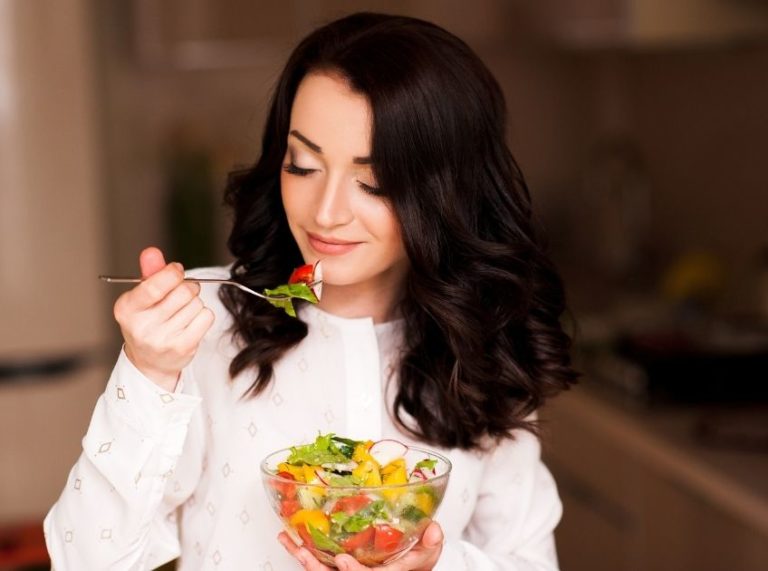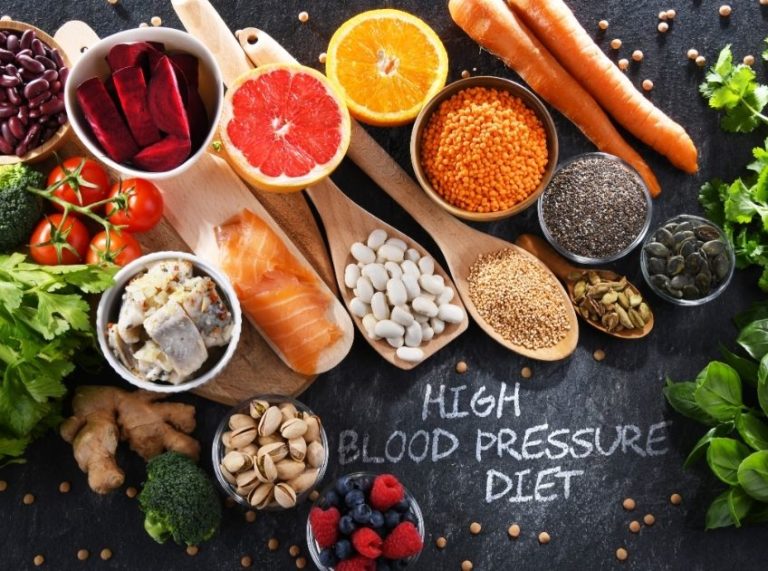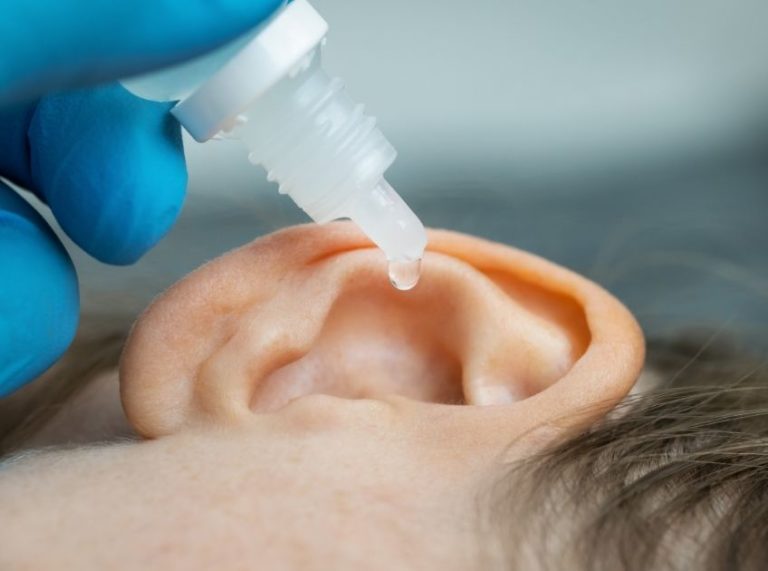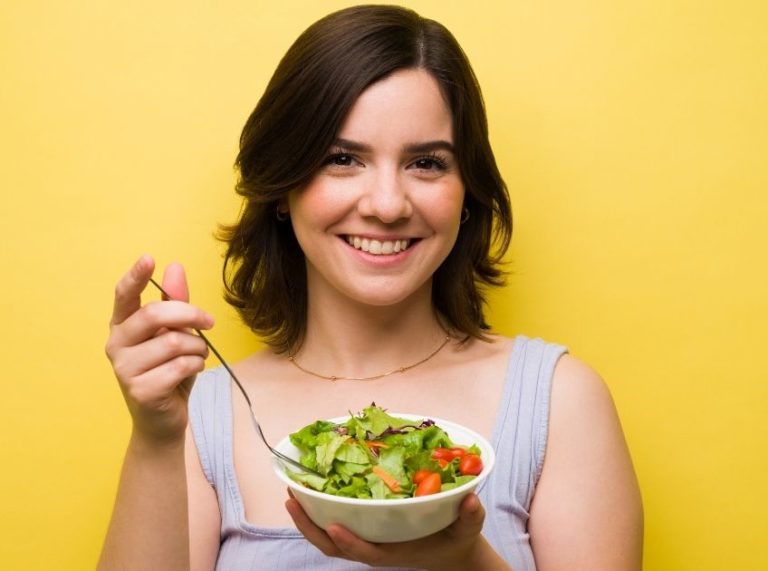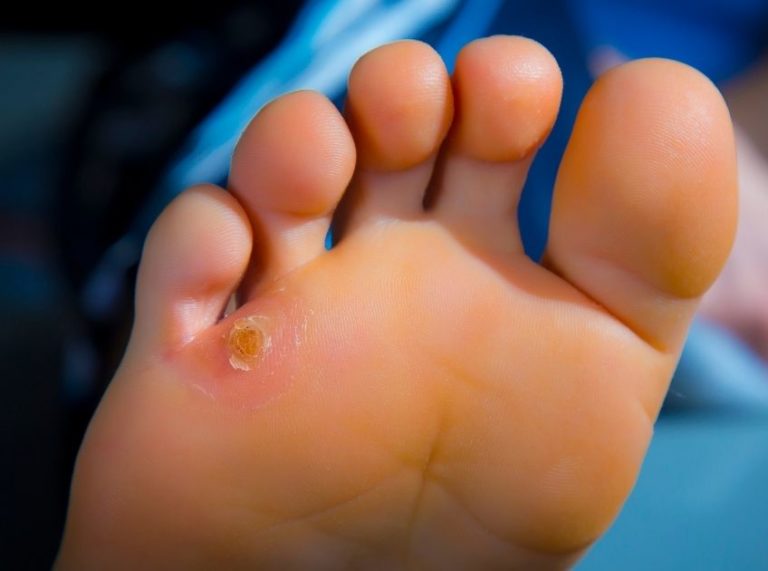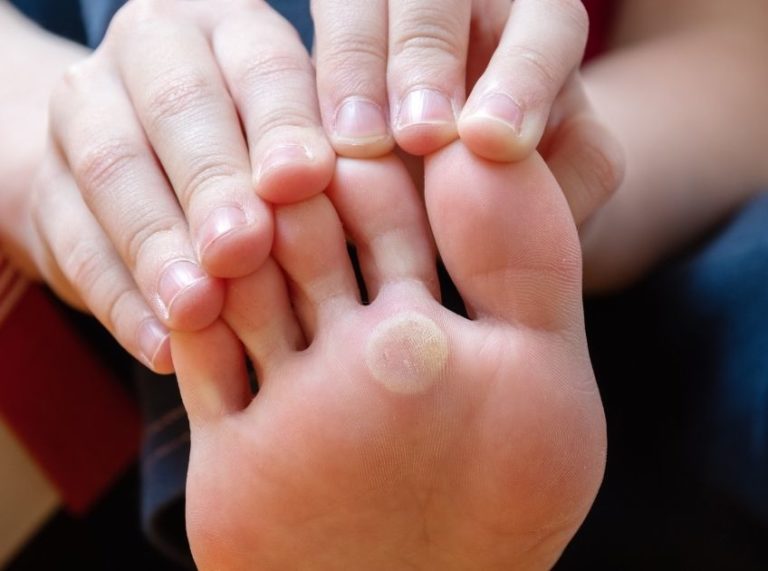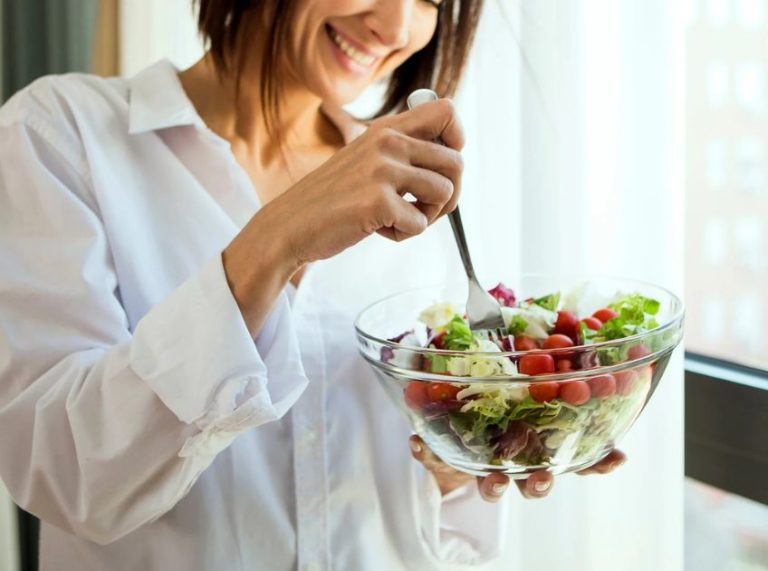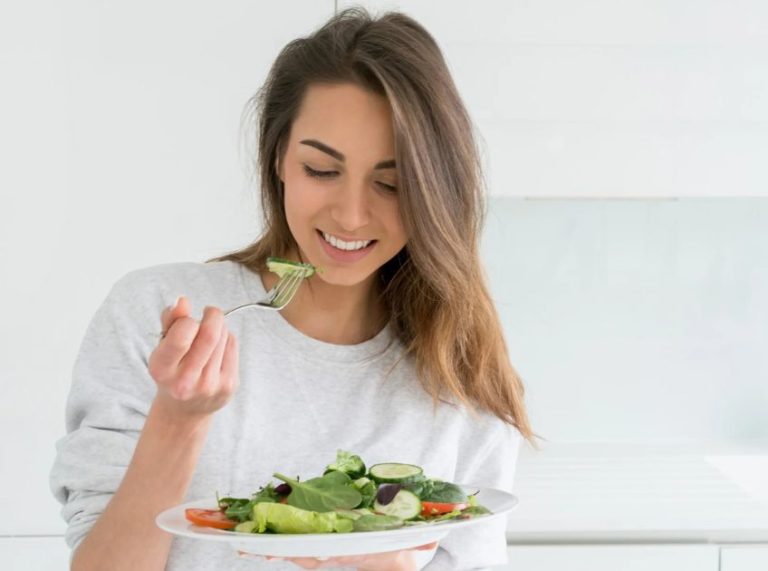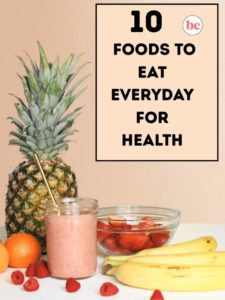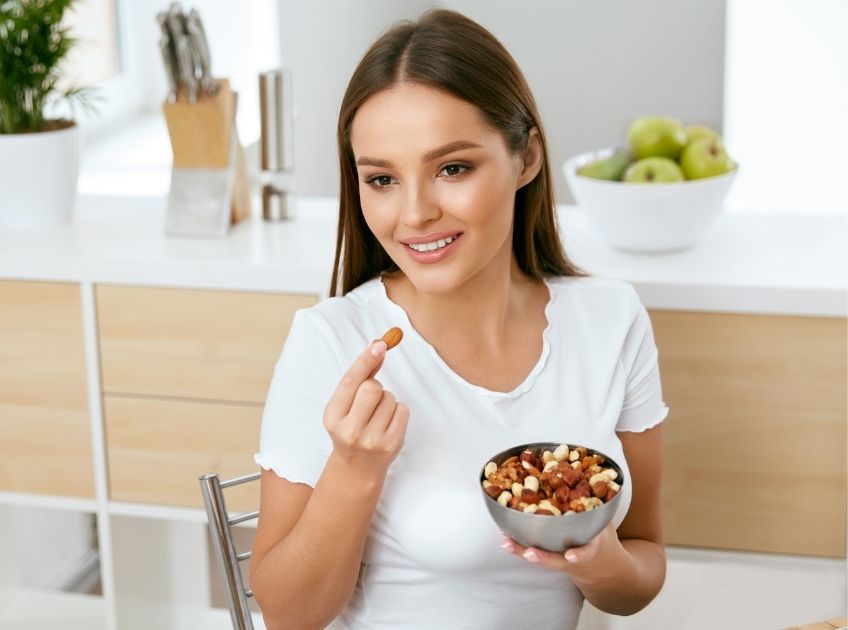
Important: This article is for informational purposes only. Please read our full disclaimer for more details.
For many women, menstruation brings more than just mood swings — it can mean bloating, fatigue, cramps, and even headaches. While these symptoms are a natural part of your cycle, what you eat during your period can make a significant difference in how you feel.
The menstrual cycle affects hormone levels, fluid retention, and blood sugar balance. Choosing the right foods can help ease discomfort, stabilize mood, and replenish nutrients lost during bleeding. On the flip side, certain foods can worsen cramps, cause bloating, or make you feel sluggish.
Let’s explore what to eat and avoid during your period to help you feel your best — backed by nutritional science and expert recommendations.
Foods That Help You Feel Better During Your Period
Your body needs extra care and nourishment when menstruating. The right foods can help relieve cramps, regulate hormones, and restore energy. Here’s what to include in your diet:
1. Iron-Rich Foods to Replenish Blood Loss
Menstrual bleeding can reduce your iron levels, leading to fatigue or dizziness. Eating iron-rich foods helps maintain energy and prevent anemia.
Best Sources:
- Lean red meat, chicken, and fish
- Spinach, kale, and lentils
- Pumpkin seeds and tofu
Science Insight: According to the American Journal of Clinical Nutrition, women who maintain optimal iron levels during menstruation experience fewer fatigue-related symptoms (1). Pair plant-based iron with vitamin C–rich foods (like oranges or bell peppers) for better absorption.
2. Magnesium and Potassium-Rich Foods to Ease Cramps
Minerals like magnesium and potassium help relax muscles and prevent painful cramps.
Include:
- Bananas, avocados, and dark chocolate
- Almonds, sunflower seeds, and leafy greens
A study published in Obstetrics & Gynecology International found that magnesium supplementation reduced the severity of menstrual cramps and mood swings (2).
3. Omega-3 Fatty Acids for Inflammation Relief
Omega-3s are natural anti-inflammatories that can help reduce uterine contractions and pain.
Eat:
- Fatty fish like salmon and mackerel
- Flaxseeds, chia seeds, and walnuts
Research in the European Journal of Clinical Nutrition shows that women who consume more omega-3s experience fewer menstrual symptoms compared to those with lower intake (3).
4. Complex Carbohydrates for Stable Energy
Mood swings and sugar cravings are common during your period due to fluctuating estrogen and progesterone levels. Complex carbs help maintain blood sugar stability and prevent energy crashes.
Good options:
- Oats, brown rice, and quinoa
- Sweet potatoes and whole grains
These foods also contain B vitamins that support hormone regulation and boost mood.
5. Hydrating Foods to Beat Bloating
Hydration is key during your period. Water-rich fruits and veggies help flush out excess sodium and reduce bloating. Try:
- Cucumbers, watermelon, oranges, and celery
- Herbal teas (chamomile, ginger, peppermint) for soothing cramps
Foods to Avoid During Your Period
Certain foods can make menstrual symptoms worse — causing more bloating, mood swings, or cramps. Avoiding these can help you feel lighter and more comfortable throughout your cycle.
1. Processed and Salty Foods
Chips, canned soups, and instant noodles are high in sodium, which increases water retention and bloating.
Why avoid: Excess salt causes your body to hold on to fluids, making cramps and bloating worse.
2. Caffeine and Energy Drinks
Too much caffeine can constrict blood vessels, leading to increased cramping and anxiety. It can also disturb sleep — something your body needs more of during menstruation.
Tip: Switch to herbal teas or decaf coffee. A study in The American Journal of Obstetrics and Gynecology found that high caffeine intake is linked to more severe PMS symptoms (4).
3. Sugary Foods and Refined Carbohydrates
Cookies, pastries, and white bread can cause rapid spikes and crashes in blood sugar, worsening fatigue and irritability.
Better Alternative: Satisfy your sweet tooth with fruits or dark chocolate (70% or higher), which provides antioxidants and magnesium.
4. Dairy and Fatty Meats
High-fat animal products can increase prostaglandin production — compounds that trigger muscle contractions and pain.
Limit: Full-fat milk, cheese, and fatty cuts of meat.
Choose instead: Low-fat dairy, fish, or plant-based protein sources.
5. Alcohol
Alcohol can dehydrate you and deplete key nutrients like magnesium and B vitamins. It may also disrupt sleep and increase mood swings.
Moderation tip: If you drink, balance it with plenty of water and hydrating foods.
The Science Behind Menstrual Nutrition
Scientific studies confirm that nutrition plays a crucial role in managing menstrual health. A balanced diet rich in micronutrients (iron, calcium, magnesium, omega-3s) supports hormone balance and reduces PMS symptoms.
A 2019 review in Nutrients highlighted that women with higher intakes of fruits, vegetables, and whole grains experienced less menstrual pain and fatigue (5). Meanwhile, high-sugar, high-fat diets were linked to greater discomfort and mood fluctuations.
Eating whole, nutrient-dense foods supports your body’s natural cycle, making periods less painful and more manageable.
Frequently Asked Questions (FAQ’S)
1. Should I eat more during my period?
A. It’s normal to feel hungrier during your period because your body is burning more energy. Opt for nutrient-rich snacks like nuts, fruits, and yogurt instead of processed foods.
2. Can skipping meals make period symptoms worse?
A. Yes. Skipping meals can lead to low blood sugar, causing fatigue, dizziness, and irritability. Try to eat small, balanced meals throughout the day.
3. Are there any specific vitamins that help during periods?
A. Absolutely. Vitamins B6, E, and D, along with minerals like magnesium and iron, have been shown to reduce cramps, fatigue, and mood swings.
Your period is a natural rhythm — and your diet can either work with it or against it. By focusing on whole, nutrient-dense foods and avoiding those that cause inflammation or bloating, you can significantly reduce discomfort.
Fuel your body with iron, magnesium, and omega-3s. Stay hydrated, listen to your body, and make mindful food choices. Remember, nourishing yourself isn’t just about easing symptoms — it’s about embracing your body’s natural cycle with compassion and care.
